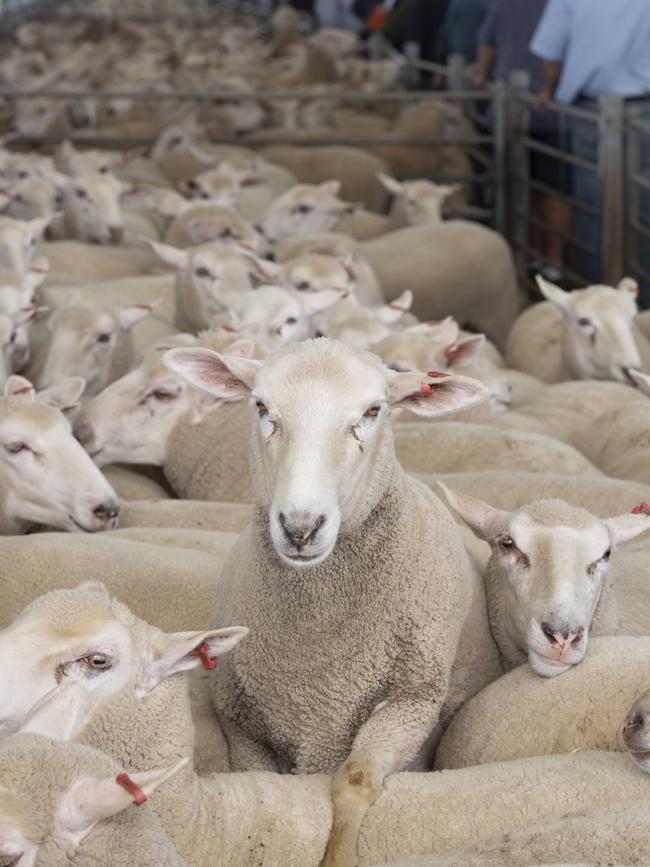Big gap emerges between mutton and lamb prices
A massive price gap between mutton and lamb is setting unwelcome records.
The biggest price gap ever between mutton and lamb emerged late last year in some states, as similar weights in each category sold at a $120 difference.
While mutton always sells at a discount to lamb, the level of that discount peaked at a record high at one point in 2023 according to Meat and Livestock Australia.
MLA senior market information analyst Erin Lukey said the national mutton indicator and the national trade lamb indicator reached a disparity of 484c/kg carcass weight, the second largest nominal price difference on current records.
“Saleyards are showing a trade lamb to mutton difference of over 70 per cent most weeks since September 2023,” Ms Lukey said.
The situation was worst in Western Australia.
“Mutton prices in Western Australia remain below national indicator prices, with never-before-seen discounts of over 85 per cent to trade lamb,” she said.

In the final four weeks of trading in Western Australia, the price difference between trade lamb and mutton ranged from 85 to 86 per cent, largely due to the huge discount for mutton, which was selling well below 100c/kg.
Ms Lukey said the national flock, the biggest since 2007, had flowed on to big yardings.
“This record flock size, combined with announcements of a poor seasonal outlook in 2024 has resulted in record yardings through saleyards in 2023,” Ms Lukey said.
“This has caused the sheep and lamb market to ease significantly over the year.
“Weekly mutton prices eased 76 per cent from their 2023 peak at 439c/kg carcass weight in May, to 104c/kg in October.”
The biggest gap between trade lamb and mutton prices in rates recorded by the National Livestock Reporting Service was in January 2023, when the difference was 493c/kg carcass weight.
“With the average carcass weight at 24.7kg, that week’s prices equated to a $120 difference in per-head terms.”
Ms Lukey said at the end of year’s trade, the mutton indicator was 76 per cent below the trade lamb indicator.
“This is not a record figure, though, and it has been a trend over the past three months,” she said.
“Since mid-September, the price difference has sat between 63 and 78 per cent.
“When looking back to 2000, successive weeks of a difference greater than 70 per cent has only occurred twice before.”
In 2006, there was a 14-week period where the price difference between mutton and lamb ranged between 73 and 84 per cent, and Ms Lukey said this was caused by high supply, and low rainfall across the east coast.
Another horror period was in the first three months of 2000 when the difference didn’t drop below 71 per cent.




